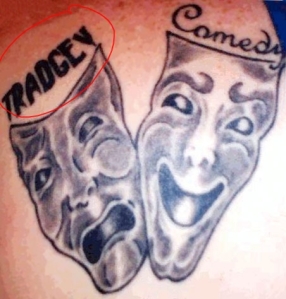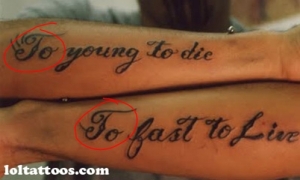Editing your grammar: my little pet peeve
I have no bigger pet peeve than people who have poor grammar, or who mix up the spelling of common words.
And it happens all the time.
On Facebook. on Twitter, in emails… I see it everywhere. And it drives me nuts.
Because it drives me nuts, I am always extra cautious whenever I tweet, post on Facebook, and email. And, I also spend a lot of time correcting my friends’ posts.
I know, I know, I know. Some might argue that it’s just Facebook, or just a tweet, but c’mon people… yes, others are out there judging you on your awful grammar, and yes, I’m one of those people.
Some of the most common mishaps I see are as follows:
Oh Hayley, I think your so pretty.
No. That book is yours. Your house is far. I have your pen.
You are = you’re. Therefore, you’re very pretty. You’re a good singer. You’re fun to hang out with.
There house is very large.
No, their house is over there. And they’re living in it together.
See the difference?
The book was old, and it’s pages were turning brown.
NO! It’s a very old book ( it’s = it is), and its pages are tearing.
Do I need to reiterate? It is = it’s. Its = possessive. Clear?
I think these are probably the three mistakes I see most often. And as an editor, they drive me crazy. I don’t know how many times I’ve corrected a friends’ email message, or text message – and in turn probably made them very unhappy with me. I’ve even been called the grammar police.
But, if I have one, single tip to pass on to anyone posting messages in a public medium. PLEASE, I beg you, edit your content for grammatical errors before you post it, tweet it, text it, or hit the send button in gmail. Please.



